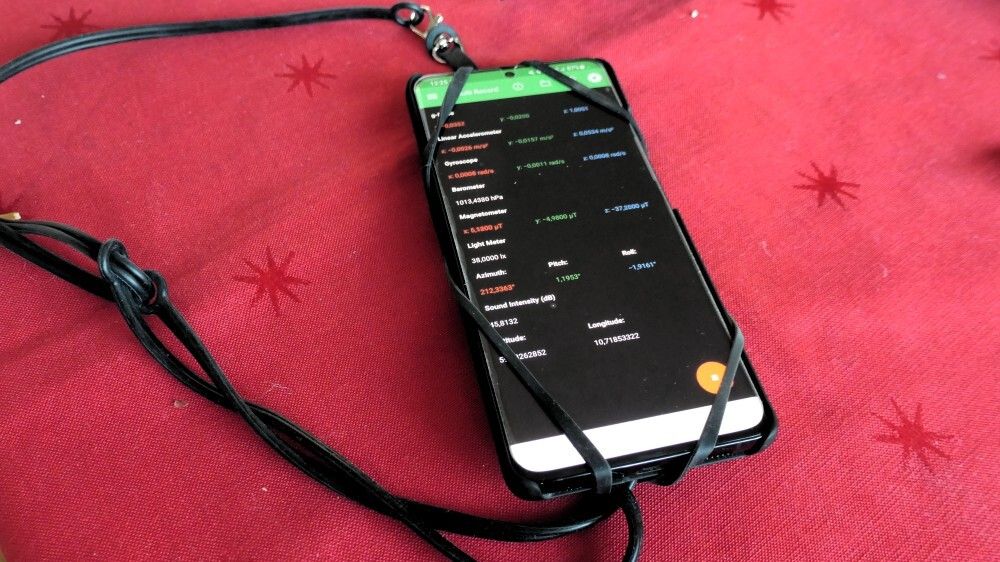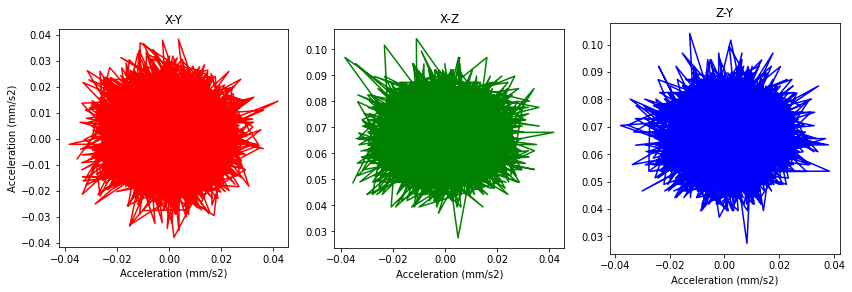
Testing Mobile Phone Motion Sensors
For my annual Still Standing project, I am recording sensor data from my mobile phone while standing still for 10 minutes at a time. This is a highly curiosity-driven and data-based project, and part of the exploration is to figure out what I can get out of the sensors. I have started sharing graphs of the linear acceleration of my sessions with the tag #StillStanding on Mastodon. However, I wondered if this is the sensor data that best represents the motion....
